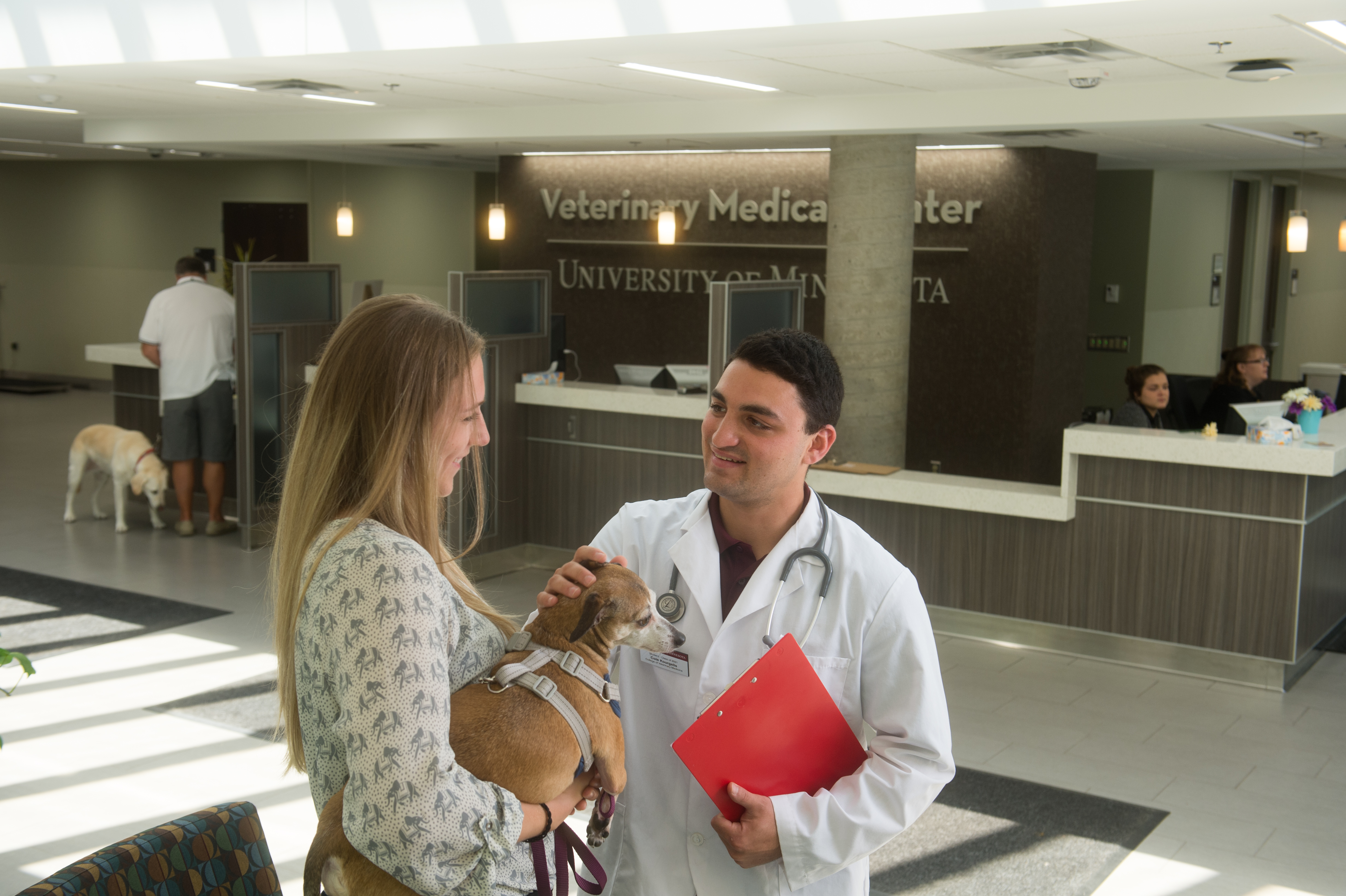Research roundup: Higher variability in size of red blood cells linked to death in dogs hospitalized in the ICU
September 8, 2021

Dogs with a higher red blood cell distribution width (RDW) were more likely to die during a critical-care hospital visit than those with a lower RDW, according to a new study by University of Minnesota researchers. RDW measures the range in the volume and size of red blood cells, and is generally taken as part of a complete blood count.
The results signal that the value of a dog’s RDW could be an important indicator of the animal’s chance for survival when presenting with a critical disease.
The findings were consistent in dogs across a range of diagnosis and diseases, and regardless of other blood-health indicators save for one. Studies in humans have shown a similar correlation between elevated RDW counts and “all-cause mortality,” or death of any cause. This is believed to be the first such assessment of the association between RDW and mortality in dogs.
The scientists conducted a retrospective clinical study of 5,183 dogs and 1,478 cats who presented to the University’s Veterinary Medical Center for critical care between 2007 to 2017, and who had a complete blood count administered upon admission. Results for cats showed no correlation between high RDW and in-hospital death.
They grouped the animals into five buckets based on RDW values and conducted additional modeling by disease and diagnoses. They found dogs in the fourth- and fifth-highest RDW buckets were 1.9 and 2.1 times, respectively, more likely to die during their hospital stay than those in the first (lowest count) bucket—regardless of age, sex, disease, disagnosis, and key lab values other than hematocrit (HCT), which the researchers expected due to the inverse relationship between RDW and HCT.
The research, published in August in the Journal of Veterinary Emergency and Critical Care, was done by principal investigator Steven Friedenberg, DVM, PhD, DACVECC, Tasia Ludwik, DVM, Daniel Heinrich, DVM, DACVP, and Aaron Rendahl, PhD, all in the Department of Veterinary Clinical Sciences. They suggest future research can help determine how useful the canine correlation is as a biomarker for critically ill patients, and to better understand the mechanisms that drive the correlation between high RDW and canine death.


